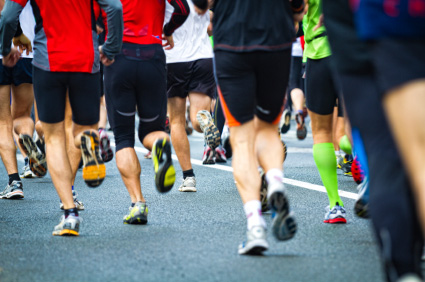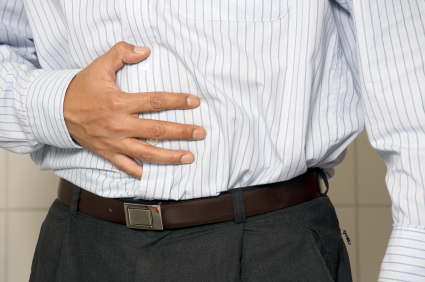Dr. Babak Azizzadeh, facelift and fat grafting expert, featured as a guest speaker at the JSEI Aesthetic Eyelid and Facial Rejuvenation Course.
Dr. Babak Azizzadeh was featured as a guest speaker at the Jules Stein Eye Institute’s (JSEI) Annual Aesthetic Eyelid & Facial Rejuvenation Course on June 16, 2012. Dr. Azizzadeh conducted a lecture entitled “Rhytidectomy: Modern Concepts,” which focused on state-of-the-art facelifts and fat grafting techniques. He was also a part of an expert panel and round table discussion on the topic of facelift options and complications, alongside other facelift experts.
The course took place June 15-16, and featured many world renowned surgeons. The second day of the course, in which Dr. Azizzadeh lectured, covered the nuances of technique that are critical for achieving the spectacular results demanded by today’s sophisticated patients. The course brought together innovative experts in aesthetic oculoplastic surgery who shared their experiences, techniques, and pearls. The talks covered aesthetic blepharoplasty, endoscopic forehead surgery, face lift surgery, and non-incisional plastic surgery techniques.
Established in 1966, the Jules Stein Eye Institute represents the culmination of a dream shared by ophthalmologist, businessman and philanthropist Dr. Jules Stein, and his wife Doris, of creating a world-renowned center dedicated to the preservation of vision and the prevention of blindness. The Institute’s comprehensive programs have brought national and international recognition to the Institute and UCLA.
Dr. Babak Azizzadeh is a facelift expert, recognized as a Top Doctor by the US News & World Report. He completed a fellowship in facial plastic & reconstructive surgery at the prestigious Harvard Medical School, and is the author of five bestselling books, including “Master Techniques in Facial Rejuvenation” and “Beverly Hills Beauty Secrets.” Dr. Azizzadeh has been recognized for his work on several occasions, and has appeared on the Oprah Winfrey Show and countless other media outlets. Dr. Azizzadeh is also the director of the USC Facial Plastic Fellowship Program, as well as the Cedars-Sinai Multispecialty Plastic Surgery Symposium.
For more information visit his facial plastic surgeon website or call (855) 360-9119.
 There are plenty of benefits of running. Danish researchers found that those who run at least an hour a week add an average of six years to their life. It improves your health, prevents diseases, relieves stress, and boosts confidence. But if you are not careful, running can be quite painful.
There are plenty of benefits of running. Danish researchers found that those who run at least an hour a week add an average of six years to their life. It improves your health, prevents diseases, relieves stress, and boosts confidence. But if you are not careful, running can be quite painful.
 More than 103,000 new cases of colon cancer will be diagnosed this year and roughly 50,000 people will die as a direct result of suffering from colon cancer. What most people don’t know is, many of the deaths could have been prevented by screening. Because nobody should be dying of colon cancer, the key is getting people involved in screening.
More than 103,000 new cases of colon cancer will be diagnosed this year and roughly 50,000 people will die as a direct result of suffering from colon cancer. What most people don’t know is, many of the deaths could have been prevented by screening. Because nobody should be dying of colon cancer, the key is getting people involved in screening. There are many things you can do to help prevent indigestion and improve your overall digestive health. Here are five of them:
There are many things you can do to help prevent indigestion and improve your overall digestive health. Here are five of them: